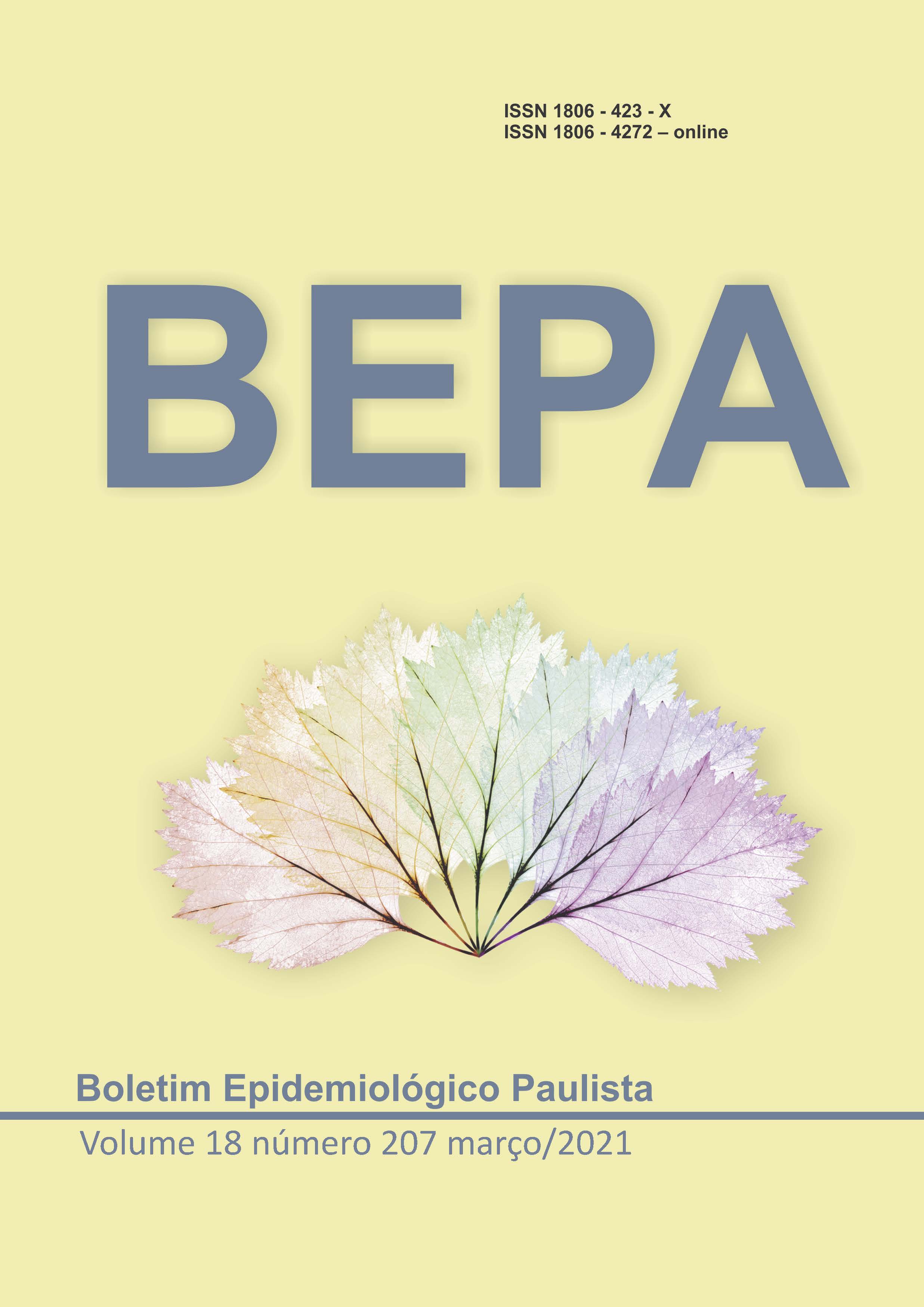Abstract
In Brazil, the geographic expansion of visceral leishmaniasis (VL) is related to the urbanization process of the disease involving the migration of rural population to urban centers; the vector adaptation to the local environment; and the dog’s presence as a reservoir host. Such rapidly expanding disease has occupied a prominent place in the national scenario leading to the necessity of new epidemiological and geographic knowledge associated with the transmission routes; as well as the revision to surveillance measures and to the disease control, recommended by the Surveillance and Control Program of VL in the state of São Paulo (in Portuguese PVCLVESP). Geoprocessing tools, such as Geographic Information System (GIS), are useful for the identification of the environmental factors linked to the occurrence of VL in different Brazilian regions. This study aims to (i) assess the spatio-temporal distribution of VL; (ii) evaluate the surveillance and control measures of the PVCLV, in the region of coverage of the Regional Health Department of Marília (in Portuguese DRS), endemic to American Integumentary Leishmaniasis (AIL) from 1999 to 2018. The VL settled in the area in 2003, in the municipalities of the health region (in Portuguese RS) of Adamantina and of Guarantã, which belong to the RS of Marília; whereas the integumentary case records are from the 1850s. During the study period, ATL is present in 46 of the 62 municipalities of the Marilia DRS, distributed among the 05 Health Regions, which corresponds to 74.2% of the total. VL, in a total of 26 municipalities, confirmed the introduction or presence of the Lu vector. longipalpis (100%) and / or canine VL in 24 municipalities (92.3%) and / or human VL in 21 (80.7% 74%). The pattern of spatial distribution of VL indicates that canine enzootia persists even in municipalities that have reached a significant reduction in the incidence or even absence of new human cases in recent years, confirming the maintenance of pathogen circulation in the urban environment. VL control actions in canine reservoirs in the municipalities covered by the Marilia DRS were insufficient or not performed. The municipalities did not perform actions to identify canine reservoirs through serological surveys in all areas with human VL transmission, according to spatial analyzes. The use of a set of numerical indicators was adequate for retrospective evaluation of the development of VL surveillance and control actions. Further studies should be conducted with a view to using these indicators to construct future plans that will also serve to monitor and evaluate future actions in the control of VL.

This work is licensed under a Creative Commons Attribution 4.0 International License.
Copyright (c) 2021 Patrícia de Fátima Florêncio Henschel, Elivelton (coorientador) da Silva Fonseca , José Eduardo (orientador) Tolezano
